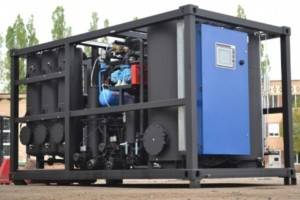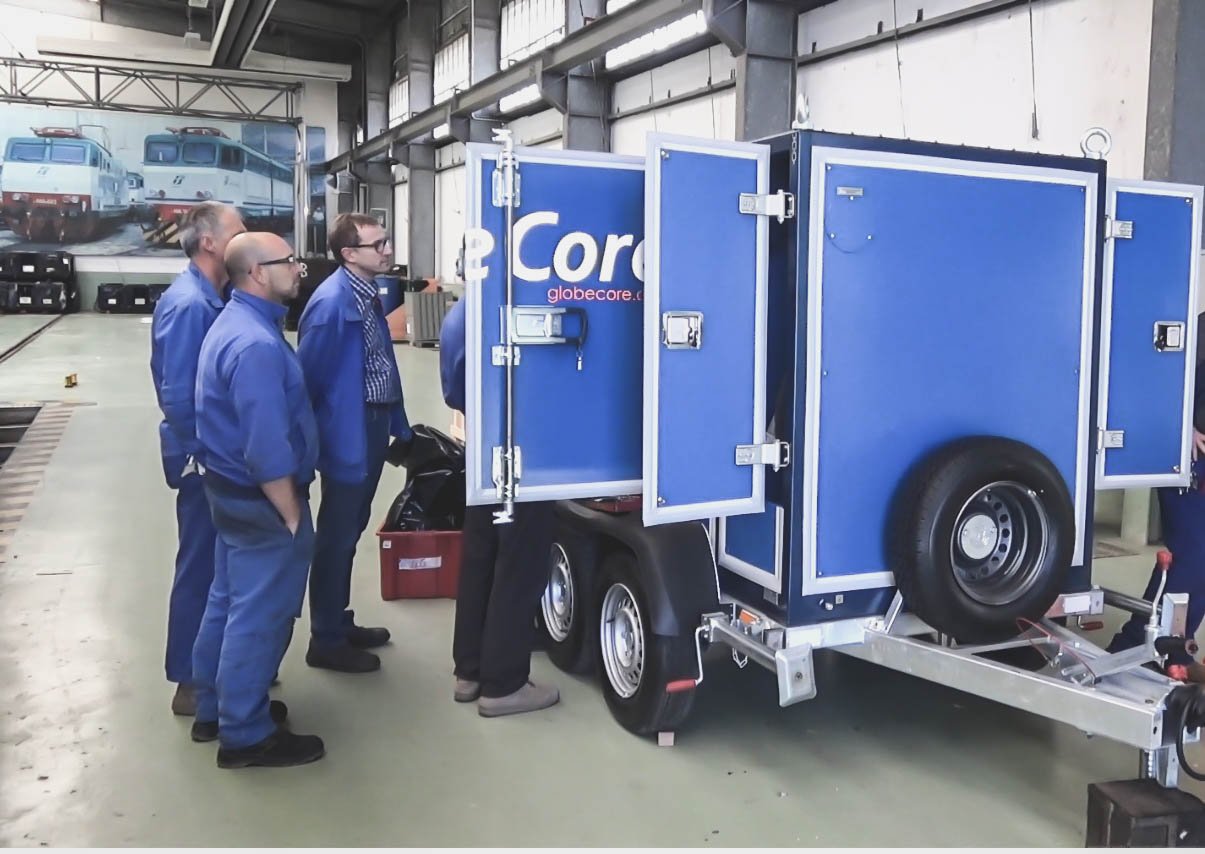The main purpose and benefit of transformer oil reclamation is to completely restore the insulating oil back to new like condition without having to buy new oil or dispose of old oil.
The GlobeCore Process of oil reclamation is performed by extracting water/moisture, acids, particulate matter and other undesirable contaminates such as unsaturated hydrocarbons, asphalt-resinous substances, sulfur and nitrogen compounds from the oil. The process of regenerating transformer oil uses various technologies based on (1) physical, (2) physico-chemical and (3) chemical processes.
There are several chemical methods of deep oil reclamation. The most common one consists of an acid-alkaline-earth method. This method of oil purification is based on treating the oil with sulfuric acid. The sulfuric acid acts to compact and bind all the unstable compounds into an acid sludge oil. Tar is then removed by “settling” and the remains of the sulfuric acid and organic acids are neutralized by the use of an alkali treating oil. Following that, the oil is washed with distilled water, dried and treated for complete neutralization with bleaching earth. After final filtration, the oil becomes completely regenerated.
Transformer Oil Recl amation Methods
amation Methods
- Mechanical – To remove from the oil moisture/water and solid contaminants (filtration, centrifugal action, sludge removal);
- Thermo-physical – evaporation, vacuum distillation;
- Physico-chemical – coagulation, adsorption;
- Chemical – if three methods are not enough, this method involves the usage of much more difficult and costly equipment.
Physical Methods of Reclamation of Transformer Oil
The physical method of transformer oil reclamation is usually referred to as purification by removing mechanical impurities and water, i.e. drying.
All Transformer oils, (whether new, old, or operational), that are contaminated by mechanical impurities and water, can be corrected in most cases by one of the following reclamation methods as long as there have been no changes in its chemical properties or other the significant changes that have altered the basic qualities of the oil. Undesirable contaminates that deteriorate the initial properties of the oil, can be dissolved in the oil or found in the oil in an undissolved state. Thanks to mechanical cleaning, these undesirable contaminates can be removed from the oil.
Oil Drying
The most advanced and cost effective method of oil drying is by spraying the oil under vacuum at a low temperature. The solution of the oil and water is sprayed through a nozzle that is placed in a tank of water in which “under-pressure” is created. Thus the free and dissolved moisture and the dissolved air are removed from oil. When the oil is “thin dispersed” it quickly gives up its moisture. Dry oil, as droplets, then fall to the bottom of the vacuum tank.
The efficiency and speed of drying rate is further increased by heating the oil. This increases the evaporation process of the water. Oil loss from evaporation is insignificant. The rate of water evaporation from oil will also depend on the difference between the pressure of saturated steam at a given temperature and the residual pressure in the vacuum tank.

